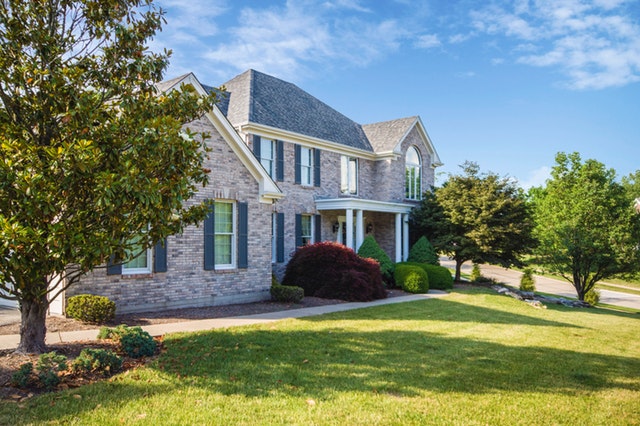NAHB: May Home Builder Confidence Hits Highest Level in 7 Months
 The National Association of Home Builders reported the highest builder confidence reading in seven months for May. May’s reading exceeded expectations for an index reading of 64 and rose three points to 67.
The National Association of Home Builders reported the highest builder confidence reading in seven months for May. May’s reading exceeded expectations for an index reading of 64 and rose three points to 67.
Component readings for the main NAHB reading were also higher. Builder confidence in current housing market conditions rose three points to 72; confidence in housing market conditions for the next six months rose one point to 72 and the reading for buyer traffic in single-family housing developments rose two points to 49.
Any reading over 50 indicates most builders are positive about housing market conditions, but the reading for buyer traffic is often lower than 50. May’s reading suggests that builders were expecting solid buyer traffic as the peak home buying season started. The average NAHB Housing Market Index reading for 2018 was 67; 2019’s average reading is 62.
March housing starts were the lowest in two years. Lower mortgage rates could increase demand for homes and possibly compel builders to ratchet up construction, but there are no guarantees that low mortgage rates will hold steady over the long run.
Builders Cite Ongoing Obstacles Including Tariffs And Labor Costs
Home builders continued to experience higher materials and labor costs. Tariffs were cited as a cause of higher materials costs that are passed on to buyers by raising home prices. While would-be buyers may enter the market due to lower mortgage rates, higher home prices are likely to sideline first-time and moderate income buyers who are concerned with affordability and strict mortgage qualification requirements.
Freddie Mac reported that based on its survey of recent buyers, about 16 percent of recent home buyers relied on seller assistance. While seller contributions to home buyers are carefully regulated, this type of transaction can help buyers get into a home without spending their last dollar.
Rapidly rising home prices and buyer competition have skewed housing markets in favor of sellers in high-demand markets, but slower growth of home prices in recent months could help more renters buy homes. Continued trade negotiations and increased tariffs on China could impact housing costs depending on terms of negotiations and tariffs imposed.

 Home price growth slowed in February according to the Case-Shiller 20-City Home Price Index. Home price growth hit its lowest rate in more than six years; this indicates that the roaring growth of home prices is settling and could provide opportunities for more would-be buyers to enter the housing market.
Home price growth slowed in February according to the Case-Shiller 20-City Home Price Index. Home price growth hit its lowest rate in more than six years; this indicates that the roaring growth of home prices is settling and could provide opportunities for more would-be buyers to enter the housing market. Real estate investors sometimes get stuck in a rut. They repeat the same type of investment that they did before. This is not necessarily a bad thing because a successful experience is worth repeating. However, it is also a good idea to occasionally take a look at the big picture as well, to see what else is out there for investment consideration.
Real estate investors sometimes get stuck in a rut. They repeat the same type of investment that they did before. This is not necessarily a bad thing because a successful experience is worth repeating. However, it is also a good idea to occasionally take a look at the big picture as well, to see what else is out there for investment consideration. The meeting of the Federal Reserve’s Federal Open Market Committee ended Wednesday with the Committee’s customary post-meeting statement recapping monetary policy matters considered by the Committee. Members voted not to change the current target rate range of the federal funds rate. The current rate range of 2.25 percent to 2.50 percent.
The meeting of the Federal Reserve’s Federal Open Market Committee ended Wednesday with the Committee’s customary post-meeting statement recapping monetary policy matters considered by the Committee. Members voted not to change the current target rate range of the federal funds rate. The current rate range of 2.25 percent to 2.50 percent. Home builder confidence increased in April to an index reading of 63, which was one point higher than for March and the highest reading in six months. Analysts said that April’s reading revealed more about housing market conditions in the past six months than it was an indicator of future market conditions.
Home builder confidence increased in April to an index reading of 63, which was one point higher than for March and the highest reading in six months. Analysts said that April’s reading revealed more about housing market conditions in the past six months than it was an indicator of future market conditions.